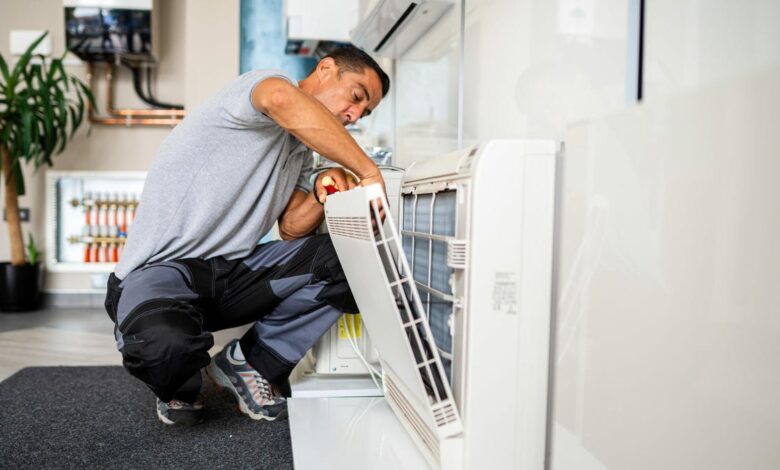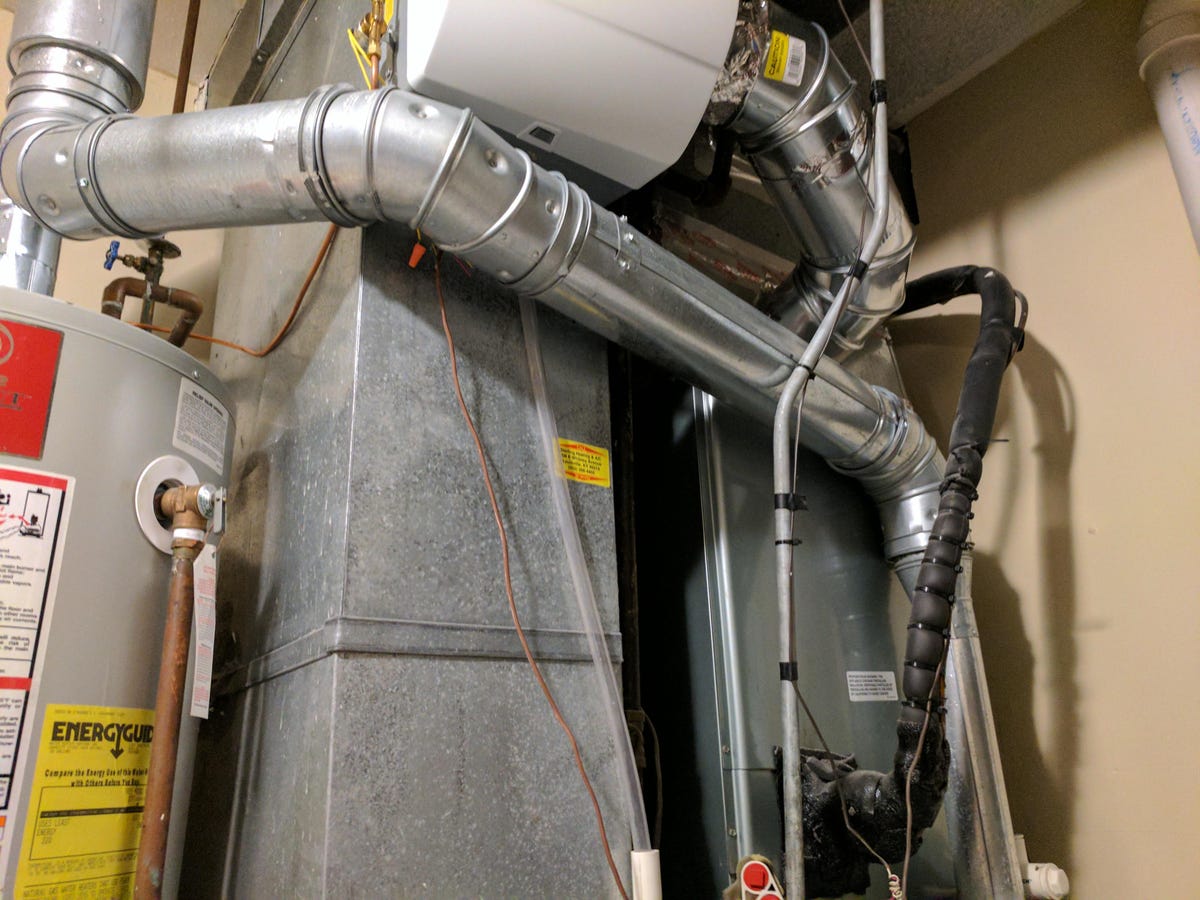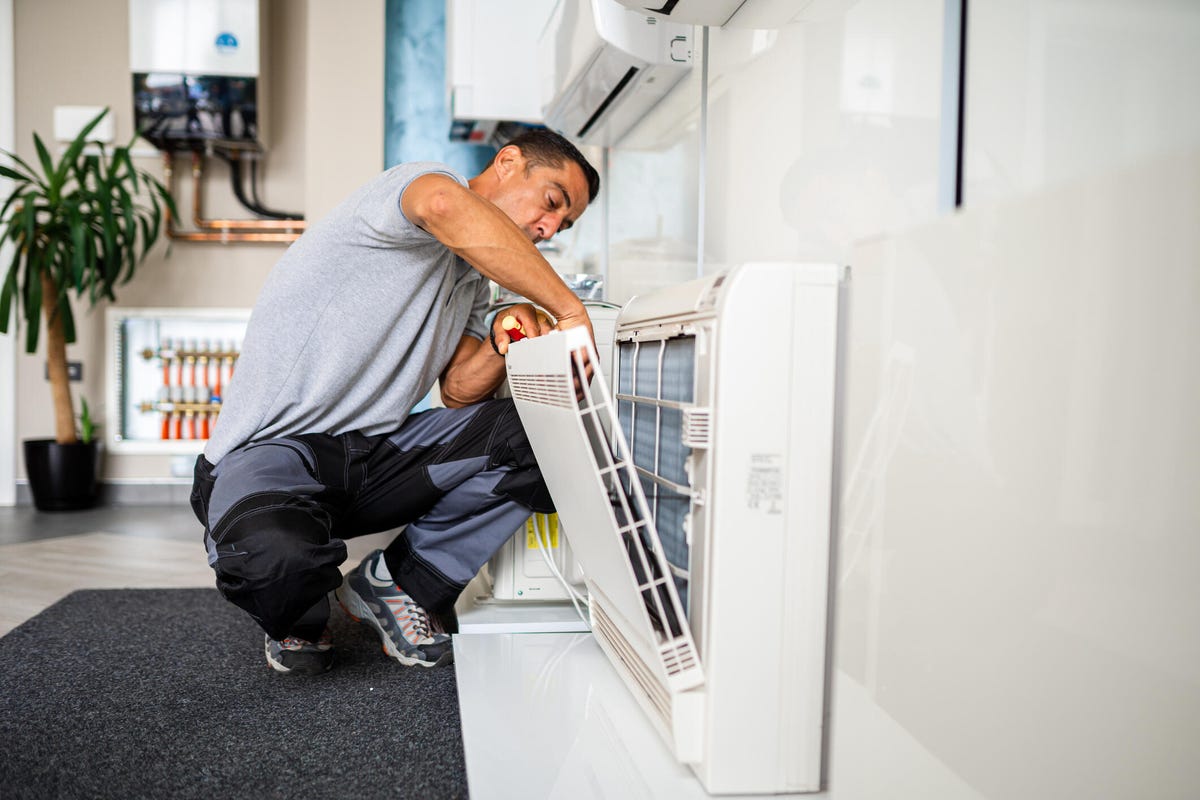Keep your entire house cool with these tips




With summer heat waves on the rise, it’s harder than ever to keep your home cool, even if you have central air conditioning. Pets, plants, children, and the elderly can all suffer when temperatures inside your home get too high, and extra fans can be an energy hog without always providing effective cooling.
What do what makes the difference is proper maintenance and checks on your HVAC system. If it’s been a while since you changed your AC habits, a little care can make a big difference. Here’s what works best.
First: A quick introduction to HVAC
HVAC units, short for “heating, ventilation, and air conditioning,” are marvels of engineering. Often called “central air conditioning,” these machines are actually multiple components, even separate devices, all working together. They also share a single ventilation network, the collection of metal vents that snake through modern homes.

Your home’s HVAC unit is a complex piece of equipment that requires a lot of attention and care.
In the winter, a furnace (powered by fuels like natural gas or propane) or a heat pump (like an air conditioner but in reverse) helps keep rooms warm. On the hottest days of summer, an air conditioning module kicks in to both cool the air and remove excess humidity. In both cases, a fan system works to distribute air through vents to the rooms in your home and pull it back into the system.
The show is run by a remote-controlled, wall-mounted thermostat (and possibly a humidistat) that constantly monitors indoor conditions and issues commands to the HVAC accordingly. With so many parts working together, both mechanical and electronic, you’ll be sweating in a greenhouse in no time if one part goes haywire.
Smart thermostats like the Echobee 3 keep your home cool and reduce the need for air conditioning.
1. Install a smart thermostat
The easiest way to save money and make your HVAC unit more efficient is to upgrade to a smart thermostat. Devices like the Nest And Ecobee intelligently control the activity of your air conditioner. One way they do this is by using motion sensors to detect your presence and adjust the AC run time accordingly. Smart thermostats even factor your local weather into the equation.
By optimizing this activity, your HVAC unit will be less stressed and more efficient. In fact, the U.S. Department of Energy says that an efficiently controlled thermostat can save you up to 10% per year on heating and cooling costs.
2. Replace the air filter (and save money)
The easiest way to keep your HVAC happy is to change the air filter often. Clean filters save money and also increase the safety of your HVAC. Most home HVAC systems use only one: a paper filter that sits between the primary return vent and the main inlet of the system. Clean filters are designed to trap dirt, dust, and other airborne particles and compress the air while ensuring smooth flow. At a minimum, you should replace it with a new filter Twice a year, at the beginning of spring and autumn.
Unchanged filters often become clogged with dirt, slowing airflow to a trickle. This causes your home to cool down slowly and your air conditioner to run longer and harder than normal. The extra load also puts stress on internal HVAC components such as fans and cooling coils (evaporator). Eventually, these parts will malfunction or fail altogether if they are pushed too hard and for too long.
A common summer symptom often caused by poor airflow is frozen evaporator coils. Less air hitting your air conditioner’s coils, which are designed to pull heat from warm homes, means they’re getting cold enough to condense water vapor from the environment into solid ice. If you see these signs along with a struggling air conditioner, it’s time for a cleaning and a new filter ASAP.

Air conditioning maintenance steps like changing filters and basic cleaning can make a big difference when every degree counts.
3. Manage your airflow carefully
Your path to a cooler home can be as simple as opening the doors and vents (floor or ceiling vents) in every room. When a central air system is designed and built correctly, it should be “balanced.” A balanced system is one where negative pressure, or airflow in one direction, is matched by positive air pressure pushing air in the opposite direction.
HVAC professionals often achieve this state of freely circulating air without blockages such as closed doors or closed room vents. As a homeowner, you have a choice: you can try to close off some unused rooms and concentrate the cool air in the rooms where people spend time, or you can open all the vents and doors to keep the air flowing as freely as possible. The best solution depends on the size and shape of your home, so a little experimentation will help you find which option cools most effectively.
Make sure to keep windows and doors closed while working in the heat. They only allow cool air to escape and warm air to enter during the day, which does more harm than good.
4. Check that the valves are closed
Some homes have HVAC ducts that are equipped with air dampers. These dampers (also called valves) are designed to control the flow of air through specific rooms or even entire floors. Unlike grilles that are visible through floor or ceiling grilles, dampers are usually hidden in the ductwork. Look for what you can see, handles or knobs on the outside of ducts that you can turn from the outside. They should allow you to articulate their dampers open, closed, or somewhere in between.

Double-check your air conditioning functions to make sure they are working properly.
5. Call in the professionals
When all else fails and your home’s central air conditioning system can’t keep the environment cool enough for comfort, it’s a smart move to call in professional help. An HVAC professional can tackle important jobs that you can’t or shouldn’t attempt on your own.
- Check your entire system from top to bottom for leaks.
- Watch for abnormally low air pressure or movement.
- Clean hard-to-reach parts, such as the evaporator of your air conditioning.
- Measure and analyze extraneous electricity consumption.
- If necessary, top up the low coolant level.
You should also strongly consider signing up for a seasonal maintenance plan. A $100-$200 annual fee sounds like a good deal compared to the thousands that replacing the entire system would cost you.
In any case, avoid any organization that forces you to pay for duct cleaning or a similar service. The Environmental Protection Agency warns that the health benefits of HVAC duct cleaning remains unprovenEven the National Air Duct Cleaners Association, whose members handle rare cases of mold infestation or chemical contamination, warns of the abundance of scammers who operates under false pretenses under her name.
Now that your air conditioning is ready for long hours again, read our guides on how to keep your kitchen cool during a heatwave, tips for a cool night’s sleep in the summer, and general home tips for surviving the heat even when your air conditioning is working like a charm.




